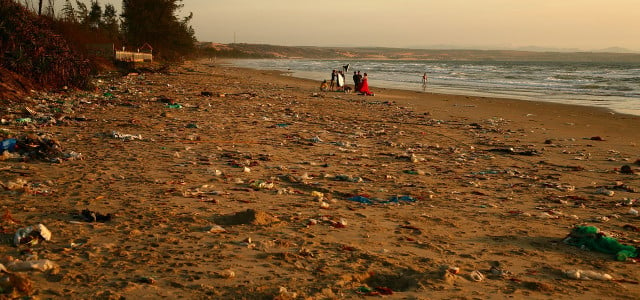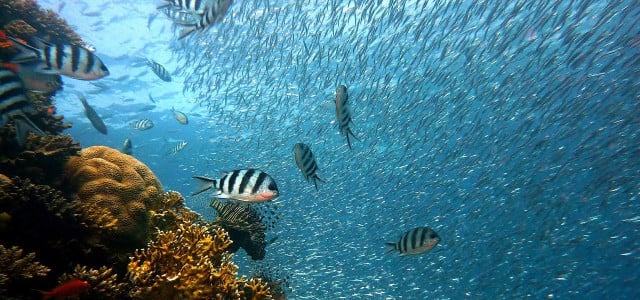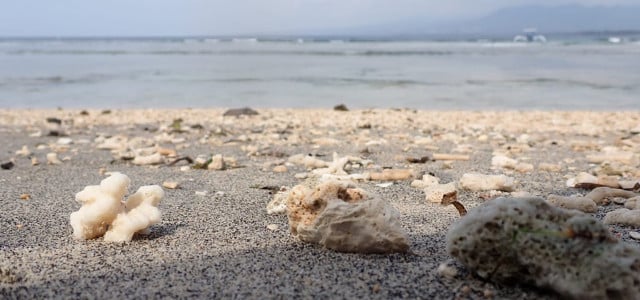Plastitar is a new pollutant that researchers recently discovered in Europe. Read on to find out what it is and what the consequences might be.
Plastitar — a brand new form of marine toxin we know little about — has been discovered by scientists in Europe. Researchers carrying out a study last year in the Canary Islands, just off the coast of Spain, found a new plastic formation that could be leaking toxic chemicals into the ocean and the earth. The substance has never before been identified or categorized. So, what is plastitar, and should we be concerned?
What Exactly Is Plastitar?
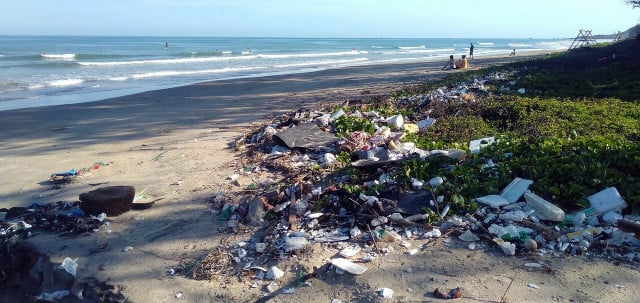
(Foto: CC0 / Pixabay / sergeitokmakov)
We know very little about plastitar, other than the very basics of what is in it. It consists of tar balls — usually found after oil spills — and microplastics. It has yet to be detected in the US, and we do not know how widespread the newly discovered pollutant is worldwide.
What we do know is that thousands of oil spills occur in American waters annually, damaging ocean life, biodiversity and human health. We are also just beginning to realize the catastrophic effects that microplastics — found in oceans, lakes, waterways, soil, air and food — might have. Now that these two contaminants appear to have joined forces, plastitar will likely turn up in the US as well.
Some scientists fear that, with plastitar, we may facie a new form of super-pollution. A significant concern is that these fragments are embedded into rocks on coastlines and beaches. Researchers fear they could degrade even more and seep into the ocean, food chains and our bodies.
Plastitar Is Not the Only New Plastic-related Pollutant
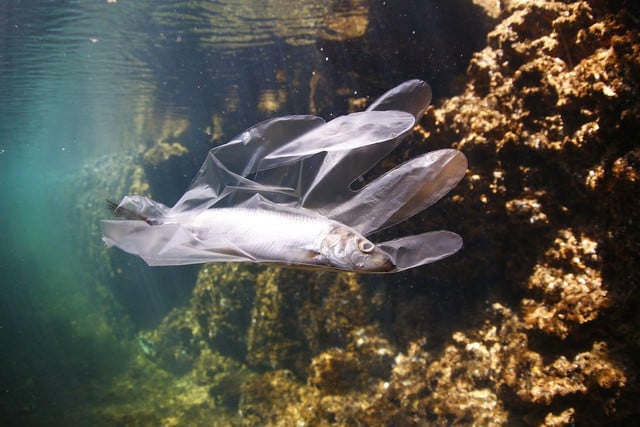


(Foto: CC0 / Pixabay / joelsaucedosaucedo)
Unfortunately, plastitar is not the only new form of emerging plastic-based contaminant. This list also includes pyroplastics, melted plastics that adopt the appearance of small rock, and plastiglomerate, a formation of melted plastic, beach sediment and basalt lava fragments. These two plastic-related pollutants have already caused concern — and now there are three.
Although the research on plastitar is still in its infancy, we already know how noxious and damaging its constituents are. Oil and microplastics have a range of documented impacts on the environment and human health. It is little wonder that these contaminants merging is causing scientists and environmentalists concern.
Plastitar Ingredient Number 1: Microplastics
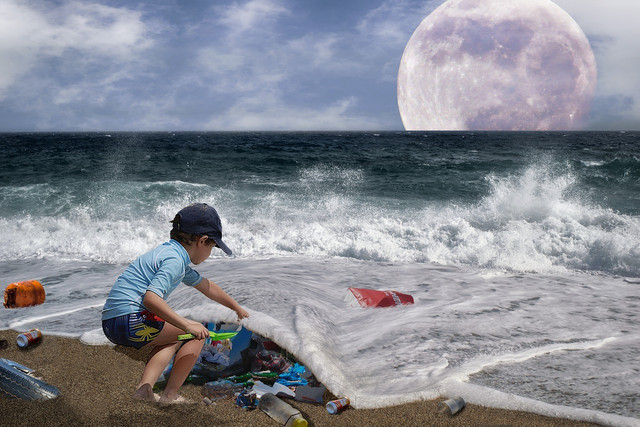


(Foto: CC0 / Pixabay / maja7777)
Plastic doesn’t decompose or break down as natural substances do. Instead, it fragments into smaller particles called microplastics. Because of their small size, these tiny plastic pieces are extremely difficult to eliminate and may never entirely disappear. Little is known about the fate of microplastics in the environment or their impact on food chains, ecosystems or human health.
Microplastics are found in oceans worldwide: in freshwater, drinking water, fish and sea creatures, animals, food, soil and even in the air. The Great Pacific Garbage Patch, an area in the ocean between Hawaii and California, contains millions of tons of plastic and other debris. It is primarily composed of microplastics and exerts harmful effects on one million seabirds and a hundred thousand marine mammals annually.
Some microplastics are deliberately added to cosmetics and cleaning products, meaning microplastics are now everywhere. Meanwhile, the tiniest plastic particles, called nanoplastics, are generating high levels of unease because they may have the potential to enter our cells and disrupt cellular activity. Some researchers fear that these nanoplastics can cross the blood-brain barrier, enter the placenta and be distributed in organs like our livers, muscles and brains.
Plastitar Ingredient Number 2: Tar Balls
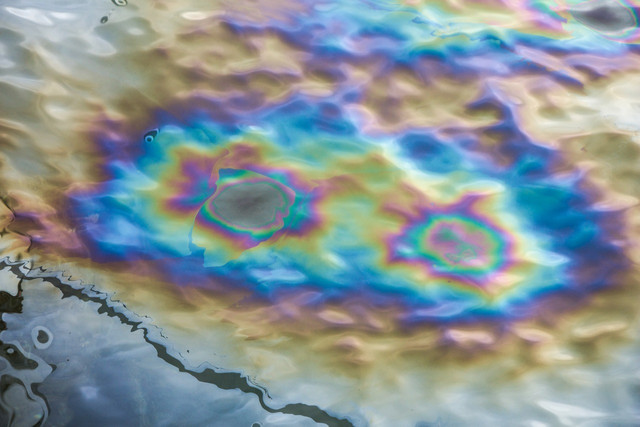


(Foto: CC0 / Pixabay / dennisflarsen)
Tar balls are remnants of crude oil, and this substance’s impact on the environment has been catastrophic. According to the National Oceanic and Atmospheric Administration, the Gulf of Mexico blowout in 2010 was the largest oil spill since the 1969 oil spill in Santa Barbara. Some of the hazardous impacts of the incident in the Gulf include:
- The death of thousands of marine species
- A record number of dolphin and sea turtle death
- The loss of over twenty-two billion dollars in Gulf tourism
- Massive fishery closures across the US
- The death of one million seabirds
- Massive contamination of bluefin tuna and other fish
- A reduction in the biodiversity of seaweed and shellfish habitats by over 85%
- Massive destruction of marine ecosystems
- Serious health problems among clean-up workers
Research documenting previous oil spills has found that toxic chemicals from oil remain in the ocean for years until sinking to the ocean floor, poisoning it and the surrounding sea life. Birds and other creatures often die when they ingest the toxins or when their feathers or fur get covered in oil. Suffice to say that oil has contributed substantially to the death of ecosystems and extensive environmental decay.
Plastic and Oil: Is Plastitar A Deadly Combination?
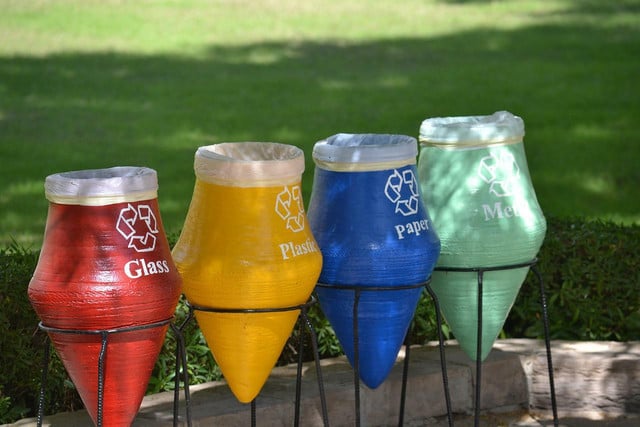


(Foto: CC0 / Pixabay / imordaf)
An estimated eight million tons of plastic waste enters the world’s ocean annually, and 27 million tons reach landfills every year in the US alone. Add the documented effects oil spills have had on the planet, and it is clear why scientists are raising alarms all over the world.
Plastitar could represent the combined force of these two potent pollutants on marine life and dry land. Between February and March of this year, the US government committed to working with other nations to fight plastic pollution with various key programs to address the crisis.
On a personal level, there are many things you can do to reduce your plastic waste and consumption. Start by finding plastic wrap alternatives and freeze food without plastic — or better still — go plastic-free in 7 easy steps. Check out some easy tips for a life without plastic to start your contribution.
Read more:
- Plastic Packaging that Makes You Question Humanity
- 8 Things to Eliminate from Your Home
- Can You Recycle Plastic Bags? – Recycling Tips
- Plastic Pollution in the Ocean: What Can I Do About It?
Do you like this post?






